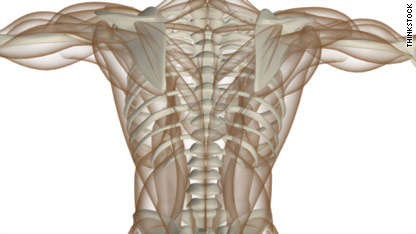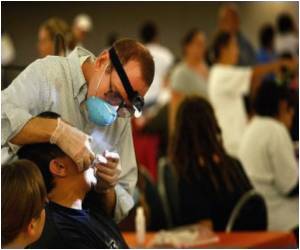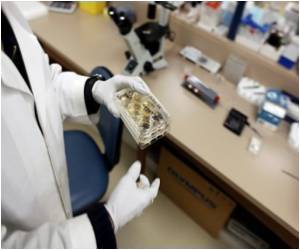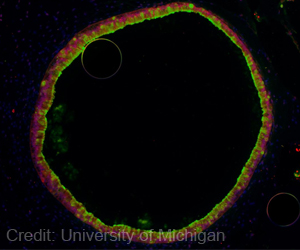 |
| Drugs Abuse on the Rise Among Americans |
The number of Americans who used illegal drugs or abused prescription medications rose last year to reach its highest level since 2002, a survey released Thursday showed. Nearly 22 million Americans aged 12 and older used illegal drugs in 2009, a rise of nine percent from 2008, the survey conducted by the Substance Abuse and Mental Health Services Administration (SAMHSA) found.Some seven million Americans older than 12 took prescription drugs for non-medical reasons.
The bulk of the abuse of prescription medications involved painkillers, which some 5.3 million Americans used off-label last year -- a rise of 20 percent from 2002. Among teens, the rate of nonmedical prescription painkiller use rose 17 percent year on year, with most youngsters saying they got the meds from friends, family or an unsecured medicine cabinet. The rise in the use of illegal drugs was driven in large part by an increase in the use of marijuana, which 77 percent of the survey respondents said they had used in the past month.
Among teens, marijuana use rose nine percent in 2009, partly because "discussions of legalization, so-called medical marijuana and a proliferation of pro-drug messages" have left America's youth "misinformed about a drug whose potency has tripled in the past 20 years," SAMHSA said. Sixty percent more Americans used methamphetamine in 2009 versus 2008, and three-quarters of a million used ecstasy in 2009, the highest number of users since 2002.
The bulk of the abuse of prescription medications involved painkillers, which some 5.3 million Americans used off-label last year -- a rise of 20 percent from 2002. Among teens, the rate of nonmedical prescription painkiller use rose 17 percent year on year, with most youngsters saying they got the meds from friends, family or an unsecured medicine cabinet. The rise in the use of illegal drugs was driven in large part by an increase in the use of marijuana, which 77 percent of the survey respondents said they had used in the past month.
Among teens, marijuana use rose nine percent in 2009, partly because "discussions of legalization, so-called medical marijuana and a proliferation of pro-drug messages" have left America's youth "misinformed about a drug whose potency has tripled in the past 20 years," SAMHSA said. Sixty percent more Americans used methamphetamine in 2009 versus 2008, and three-quarters of a million used ecstasy in 2009, the highest number of users since 2002.





 10:50 AM
10:50 AM
 Current Latest Health News International
Current Latest Health News International

 Posted in:
Posted in: 





















